"Talking, driving, walking, everything became difficult": Vincent, a 37-year-old ambulance driver from Lille, nearly became a paraplegic after inhaling nitrous oxide, or "laughing gas", a substance that is growing in popularity, but whose health effects can be destructive.
I didn't realize it, people told me: 'Don't worry, there's no addiction'", says this young father, who started using the gas in early 2020, during a bad patch and when he was trying to break free from cannabis.
"I hate this devastating product," he rages today.
Easily available on the Internet, nitrous oxide is used in siphons in the kitchen, as an analgesic in medicine, and increasingly for recreational purposes.
For months, Vincent -an alias- inhaled a 600-gram bottle every night, alone in his room.
Last July, he found himself "paralyzed in his lower limbs and hands."
"The ambulance took me away in a wheelchair. I was hospitalized for 10 days," he recounts. He then discovered that half his spinal cord was sclerosed.
From burns and asphyxiation to neurological, cardiac and psychiatric problems, the number of cases of serious disorders linked to "proto" consumption has exploded in recent years.
- Balloons -
After a first serious case in 2018, 15 are reported in Hauts-de- France in 2019, 25 in 2020 and 47 in 2021, according to addictologist Sylvie Deheul, for whom these figures show a "worrying increase", but remain below reality.
Nationwide, around 200 cases of concern were reported in 2020 alone.
Thanks to rehabilitation, Vincent has started walking again, but he still suffers from incessant tingling, memory loss and muscle weakness.
He should remain on painkillers "at least for the next 10 or 15 years", he assures us. "I stopped everything. But a little too late."
After the 75g metal siphon capsules hijacked by teenagers and party-goers for a brief euphoria, the last three years have seen the appearance of 600g "bonbonnes" with their clearly festive marketing, followed by "tanks" weighing several kilos, paving the way for intensive consumption.
Consumers fill balloons from a nozzle fitted to the neck of the container, before inhaling. Some people consume it by placing a handkerchief directly on the neck, with an increased risk of burns from the icy gas.
- Limited repression -
Along with Ile-de-France, Hauts-de-France is one of the regions hardest hit.
A law passed in May 2021 on the proposal of a senator from the Nord region, alerted by mayors in her area, bans the sale of this psychotropic drug to minors and its marketing in pubs and tobacco shops. But repression remains weak.
"We're just getting started. We'll need a few court rulings to get our bearings," explains Benoît Aloé, head of Lille's urban safety department, whose teams regularly issue reminders of the law, to AFP.
Trafficking has become organized, as evidenced by major seizures: more than 15 tonnes in nine months in France, between June 2021 and February 2022, according to the judicial police.
At parties, "it's a good idea" to offer "proto" to "get the girls excited", explains Dr Jean-Paul Guichard, who works in prisons at free testing centers. "It doesn't leave a smell, unlike cannabis and alcohol", which he believes makes it easier for women to use.
In prison, the doctor met a dealer and consumer who is now in a wheelchair, with no hope of ever walking again, for lack of rapid treatment.
The man had presented to the emergency department with motor problems, but the link with this product was little known at the time. He was referred to a neurologist for an appointment two months later.
- Erectile dysfunction" -
To better understand, treat and prevent disorders linked to "proto" consumption, Lille University Hospital is launching a pioneering study group during 2021.
It brings together neurologists, biologists and metabolisticians, as well as psychiatrists, addictologists and pediatricians, who share their experiences and explore new avenues of research, particularly in terms of long-term effects.
"We don't always know why some people have problems after a relatively low level of consumption," says biologist Guillaume Grzych.
"Nor why a growing number of consumers are suffering from thrombosis", blood clots that block veins, with the risk of embolism.
When they arrive at the emergency room, "some appear drunk, no longer walking upright", explains Dr. Céline Tard, neurologist at Lille Hospital. "Sometimes they have to hold on to a wall or walk with a walker.
"There are also erectile dysfunctions and memory problems," adds the doctor.
"We still don't know all the health consequences of this product.
In the laboratory, Dr Grzych pauses to answer the phone: in the emergency department, two patients present with symptoms attributable to the consumption of "proto". Colleagues are asking what tests to carry out.
The CHU has developed a care pathway that is starting to be used in other hospitals in the region, as well as in Normandy and Brittany.
But doctors are urgently calling for over-the-counter containers to be limited in size, and for bottled packaging to be banned.
Link: https: //www.lexpress.fr/societe/protoxyde-d-azote-le- gaz-qui-ne-fait-plus-rire_2173926.html


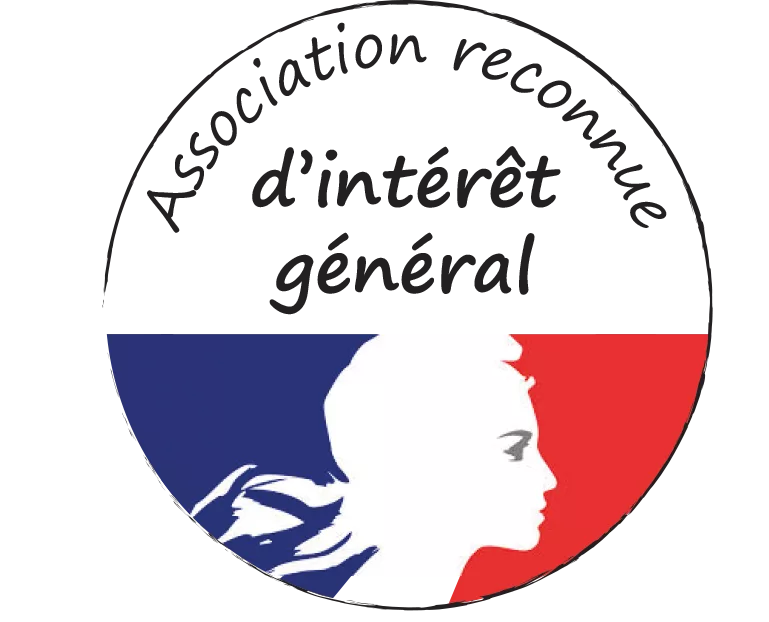
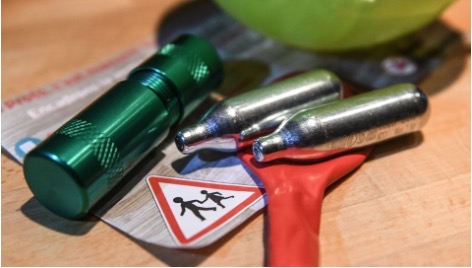
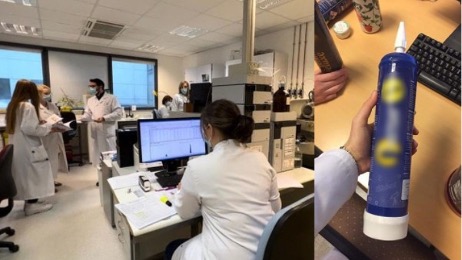
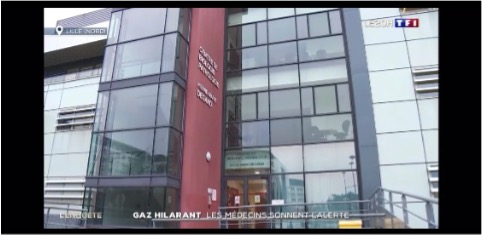
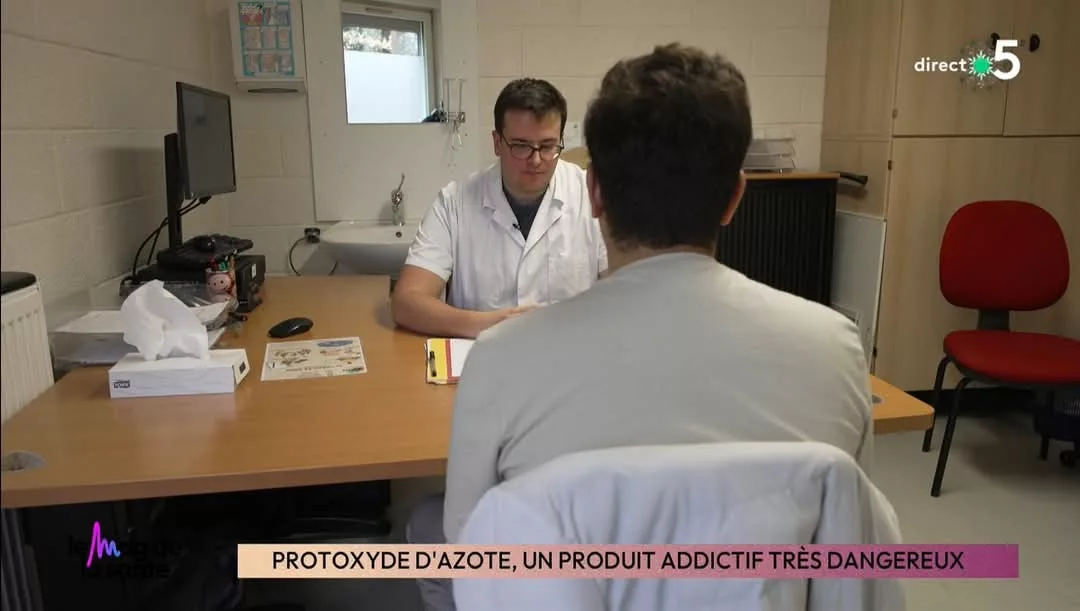
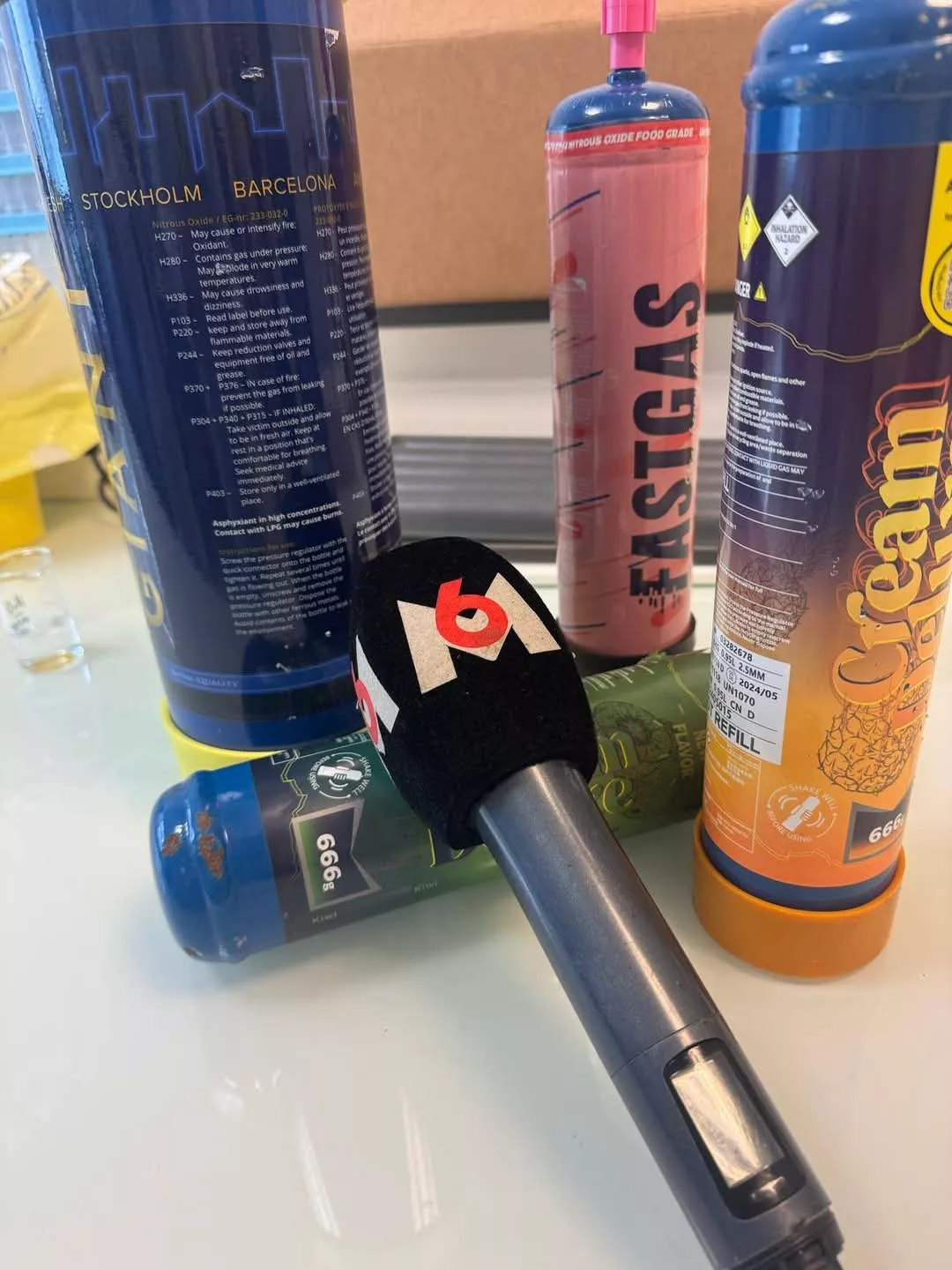


 Make a donation
Make a donation